Embark on an extraordinary journey through time, unraveling the rich monuments of the Middle East’s ancient past. From the awe-inspiring Giza Pyramids in Egypt to the intricately carved ancient city of Petra in Jordan, and from the legendary city of Troy in Turkey to the monumental ruins of the ancient city of Babylon in Iraq, we will take you on a virtual tour of 22 of the most remarkable ancient sites in the Middle East in this culturally diverse and historically significant region.
Each of these sites tells a unique story, showcasing the architectural genius, engineering marvels, and cultural heritage of the Middle East. Join us as we delve into the depths of history, exploring the rise and fall of civilizations, and uncovering the enduring legacies that have left an indelible mark on our world.
Ancient Sites in the Middle East
Giza Pyramids (Egypt)
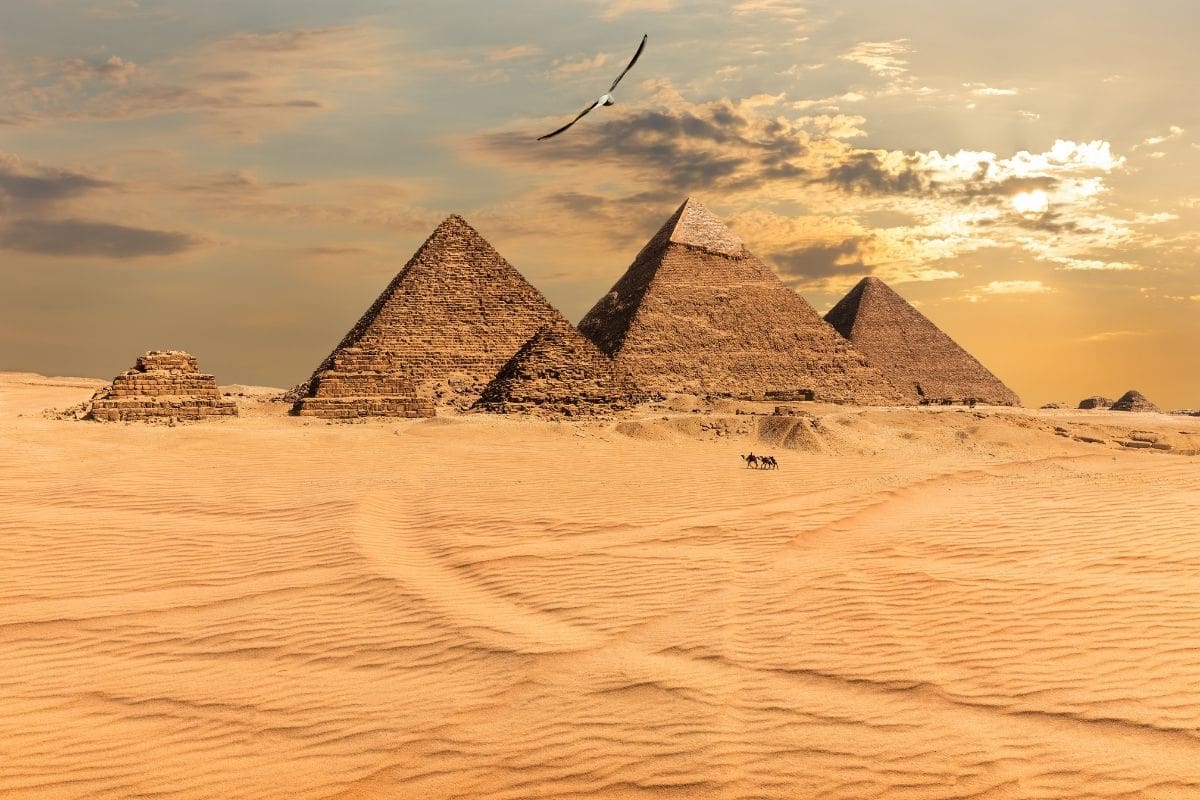
Built around 2580–2560 BC, the Giza Pyramids are iconic symbols of ancient Egypt’s architectural and engineering prowess.
- Date of Construction: Around 2580–2560 BC
- Ordered by: Pharaohs Khufu, Khafre, Menkaure (Probable)
- Construction Time: Estimated decades
- Highlights: The Great Pyramid of Giza, one of the Seven Wonders of the Ancient World
- Historical Importance: Emblematic of ancient Egypt’s architectural and engineering prowess
Thebes (Luxor, Egypt)
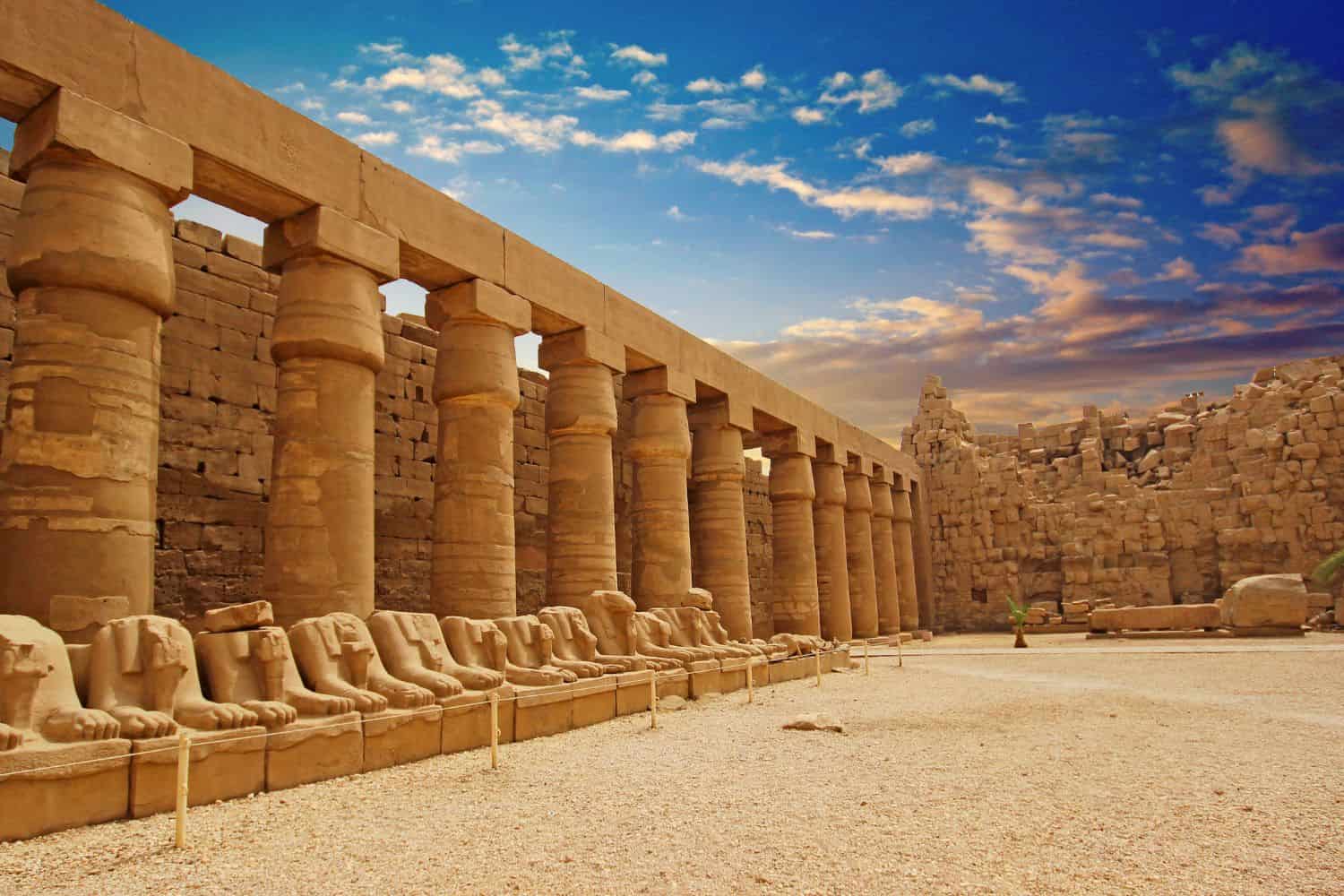
Flourished from 1550 to 1070 BC, Thebes was the capital of the New Kingdom and home to the Karnak and Luxor Temple.
- Date of Flourishing: 1550 to 1070 BC
- Ordered by: Various Pharaohs of the New Kingdom
- Construction Time: Several centuries
- Highlights: Karnak and Luxor Temples
- Historical Importance: Capital of the New Kingdom, a religious and cultural hub
Petra (Jordan)
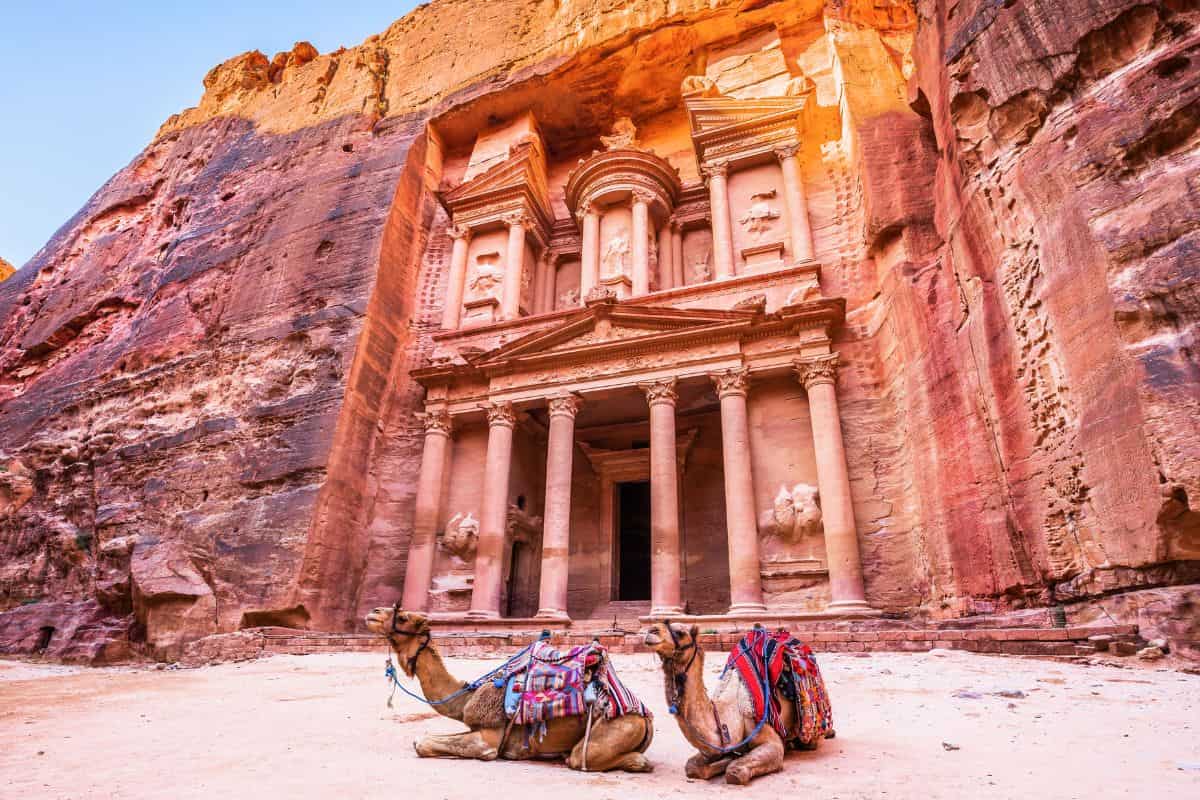
Carved into rose-red cliffs, Petra thrived from the 4th century BC to the 2nd century AD and served as the capital of the Nabataean Kingdom.
- Date of Flourishing: 4th century BC to 2nd century AD
- Ordered by: Nabataean Kingdom
- Construction Time: Several centuries
- Highlights: Al-Khazneh (The Treasury), Monastery
- Historical Importance: Capital of the Nabataean Kingdom, famous for its rock-cut architecture
Jericho (West Bank)
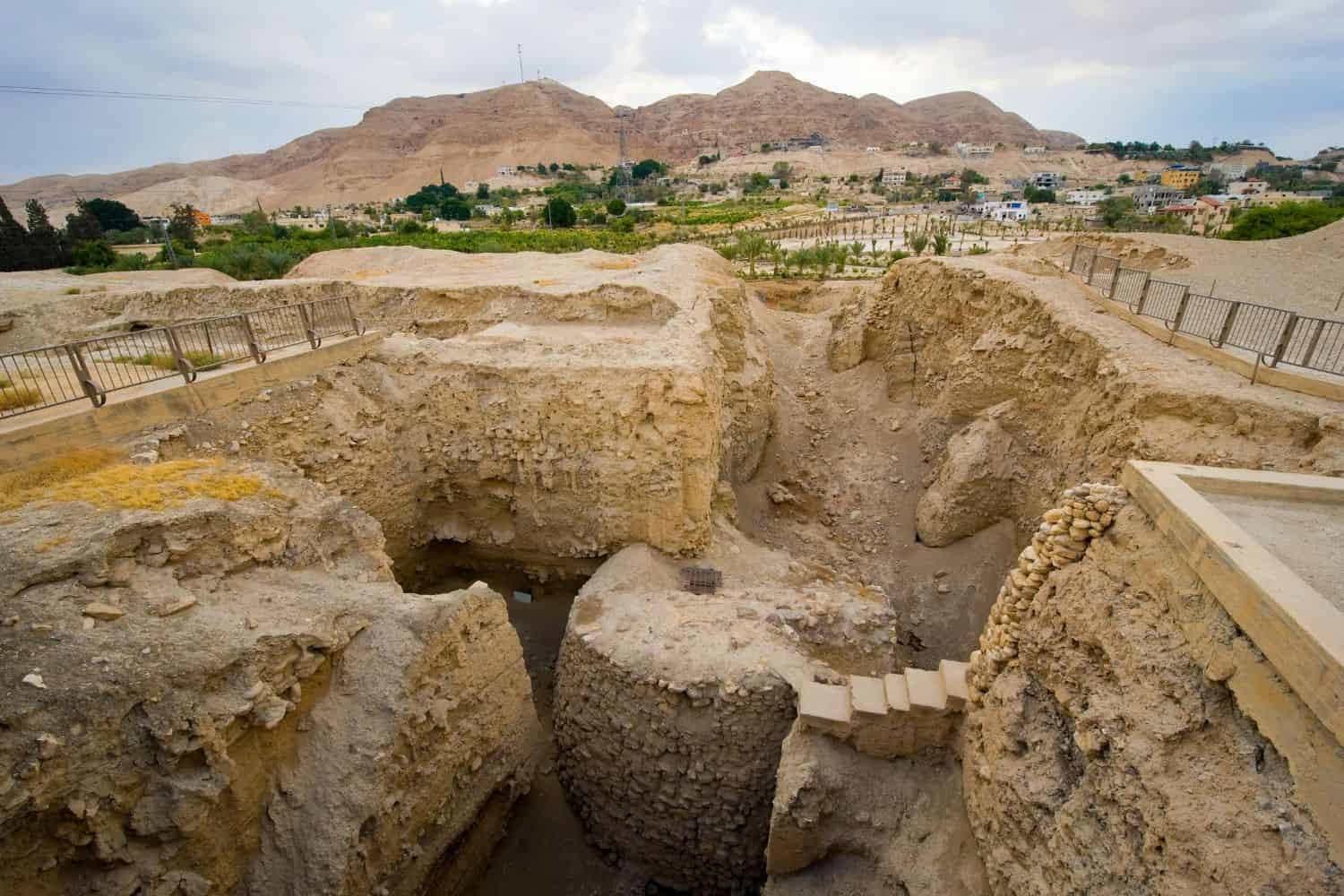
Dating back to around 8000 BC, Jericho is considered one of the oldest inhabited cities in the world.
- Date of Establishment: Around 8000 BC
- Ordered by: Not specifically ordered; evolved over millennia
- Construction Time: Continuously inhabited for thousands of years
- Highlights: Ancient walls, archaeological sites
- Historical Importance: One of the oldest inhabited cities in the world
Persepolis (Iran)
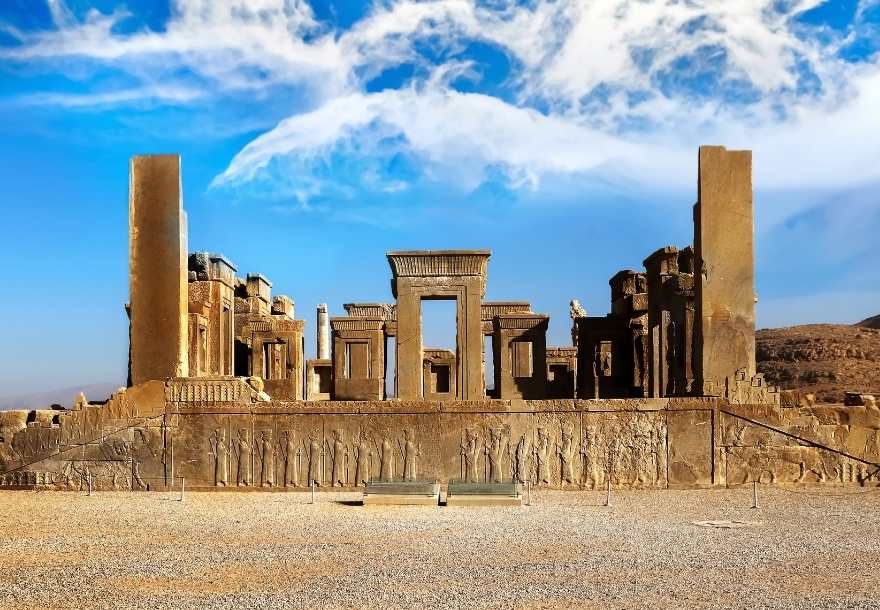
Constructed in the 6th century BC, Persepolis served as the ceremonial capital of the Achaemenid Empire and was destroyed by Alexander the Great in 330 BC.
- Date of Construction: 6th century BC
- Ordered by: Kings Darius, Xerxes, and Artaxerxes of the Achaemenid Empire
- Construction Time: Approximately 120 years
- Highlights: Apadana Palace, The Gate of All Nations
- Historical Importance: Ceremonial capital of the Achaemenid Empire, symbol of ancient Persian culture
Ur (Iraq)
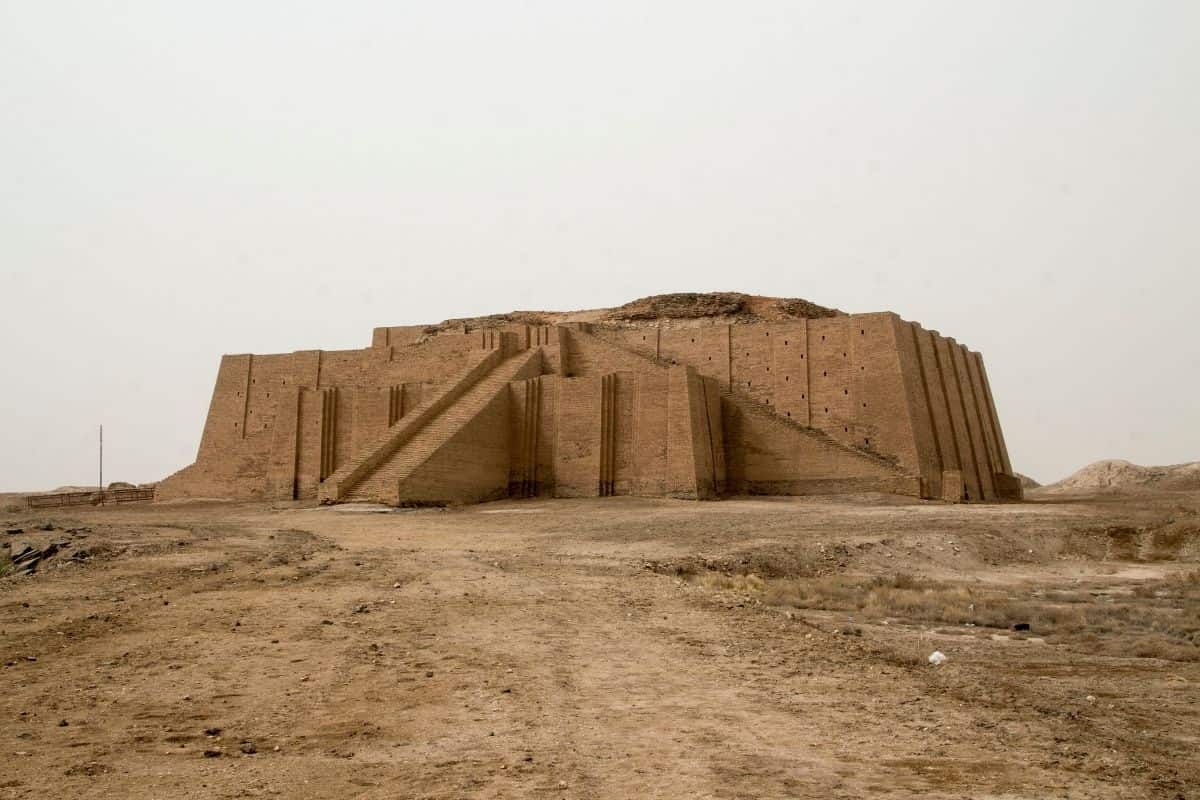
Flourished from around 3800 BC to 2000 BC, Ur was a Sumerian city known for its ziggurat, the Great Ziggurat of Ur.
- Date of Flourishing: Around 3800 BC to 2000 BC
- Ordered by: Sumerian rulers
- Construction Time: Evolved over centuries
- Highlights: The Great Ziggurat of Ur
- Historical Importance: Important Sumerian city-state in ancient Mesopotamia
Babylon (Iraq)
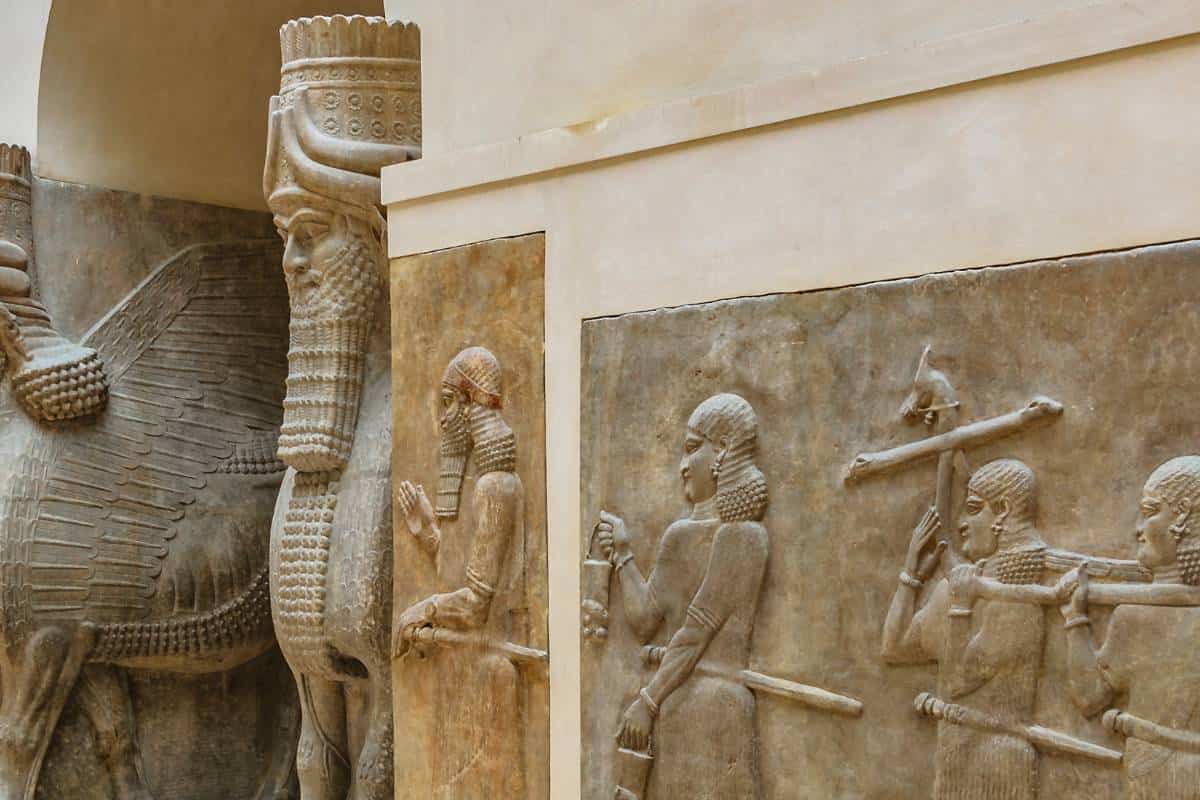
A major city from the 18th to the 6th century BC, Babylon it is famous for the Hanging Gardens, one of the Seven Wonders of the Ancient World.
- Date of Flourishing: 18th to 6th century BC
- Ordered by: Various rulers, notably Nebuchadnezzar II
- Construction Time: Evolved over centuries
- Highlights: Hanging Gardens (one of the Seven Wonders), Ishtar Gate
- Historical Importance: A key kingdom in ancient Mesopotamia, famous for its architectural and cultural achievements
Palmyra (Syria)
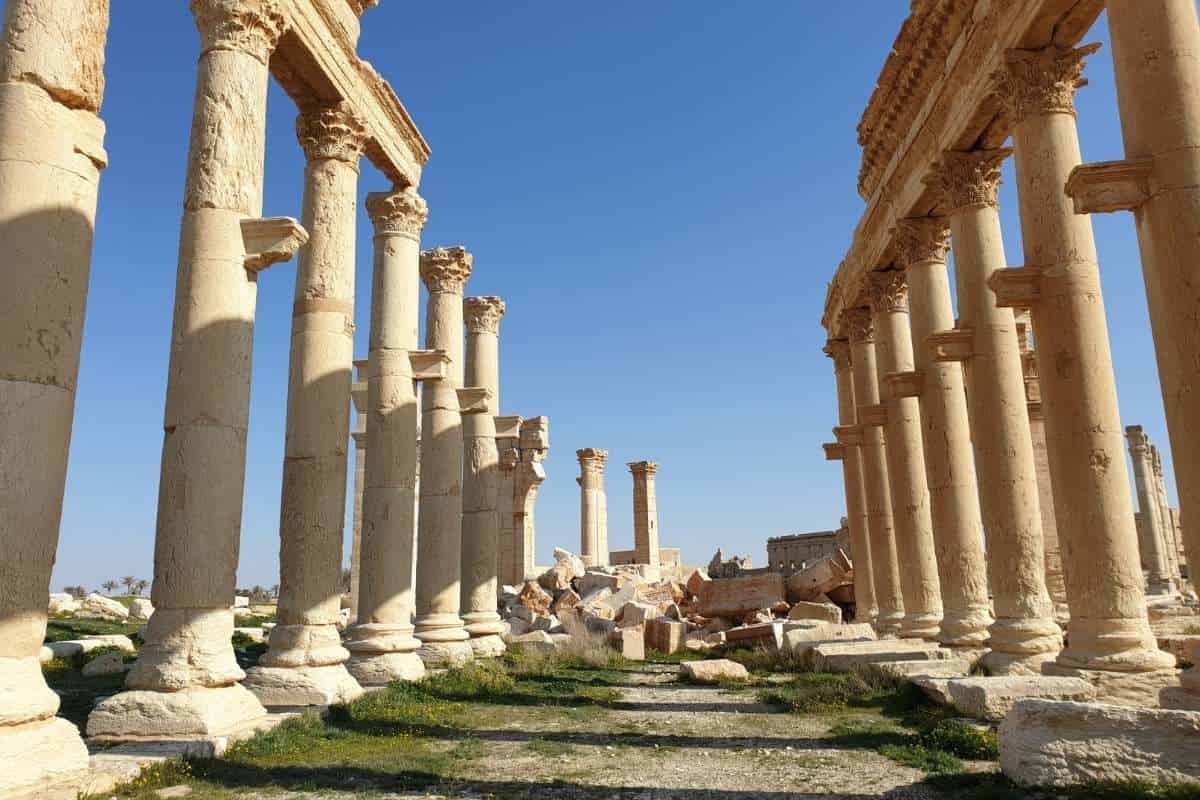
Flourished from the 1st to the 3rd century AD, the ancient city of Palmyra was a vital caravan city and a crossroads of cultures.
- Date of Flourishing: 1st to 3rd century AD
- Ordered by: Local rulers, Romans
- Construction Time: Several centuries
- Highlights: Temple of Bel, Colonnaded Street
- Historical Importance: A vital caravan city blending Greco-Roman and Persian cultures
Baalbek (Lebanon)
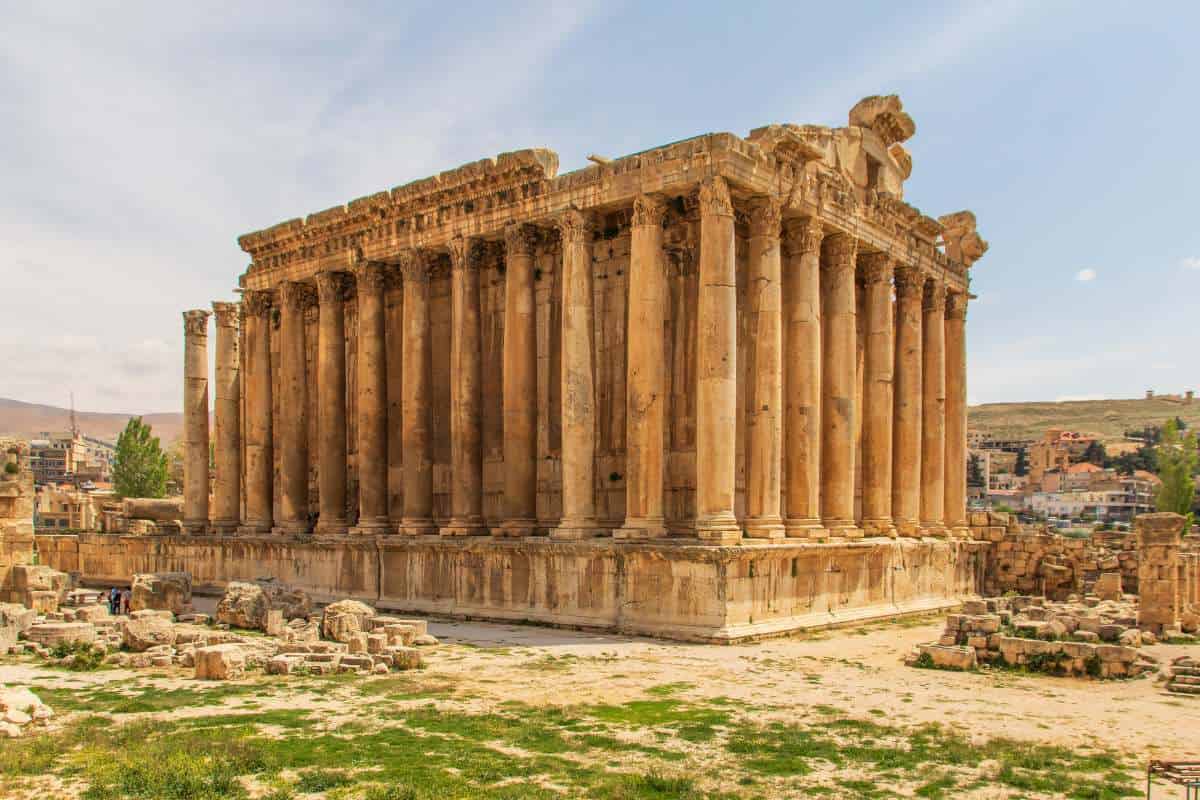
The Temple of Bacchus and Temple of Jupiter at the ancient city of Baalbek date to the 1st century AD and are renowned for their massive stone blocks.
- Date of Construction: 1st century AD
- Ordered by: Roman Empire
- Construction Time: Several decades
- Highlights: Temple of Bacchus, Temple of Jupiter
- Historical Importance: Home to some of the best-preserved Roman ruins
Ephesus (Turkey)
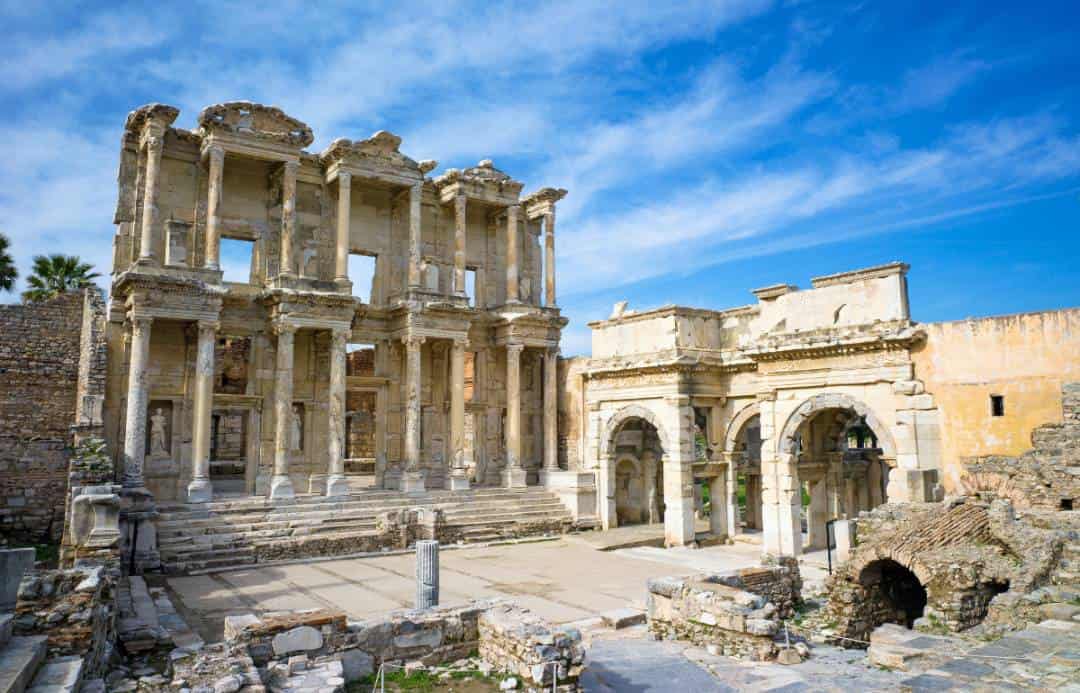
Flourishing from the 10th century BC to the 15th century AD, Ephesus it was a Greek, Roman, and Byzantine city famous for the Temple of Artemis.
- Date of Flourishing: 10th century BC to 15th century AD
- Ordered by: Greek and Roman rulers
- Construction Time: Evolved over centuries
- Highlights: Temple of Artemis, Library of Celsus
- Historical Importance: An important Greco-Roman city, known for the Temple of Artemis, one of the Seven Wonders
Masada (Israel)
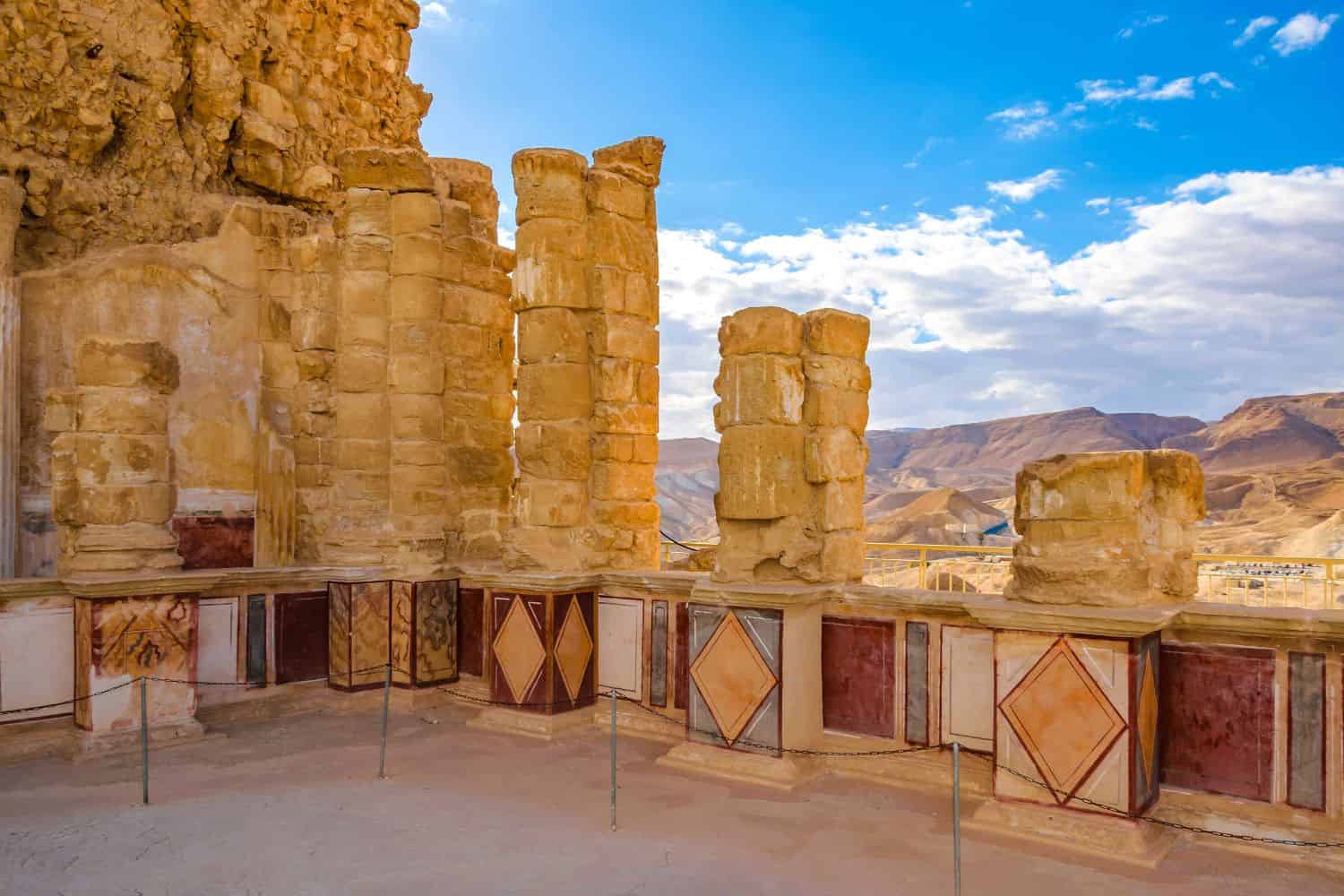
A fortress built by King Herod around 30 BC, Masada it was a site of Jewish resistance during the Roman Empire, ending around 73 AD.
- Date of Construction: Around 30 BC
- Ordered by: King Herod
- Construction Time: Several years
- Highlights: Fortress complex, palaces
- Historical Importance: Symbol of Jewish resistance against Roman conquest
Troy (Turkey)
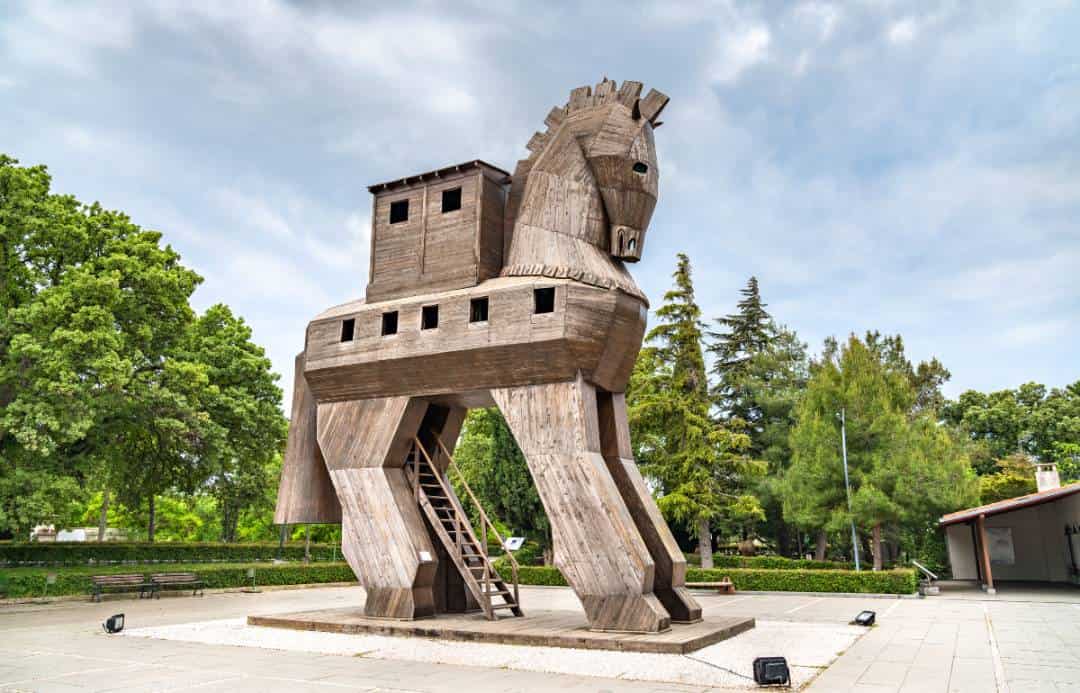
The legendary city of Troy was inhabited from around 3000 BC to 500 AD and is famous for the Trojan War.
- Date of Flourishing: 3000 BC to 500 AD
- Ordered by: Evolved through various civilizations
- Construction Time: Evolved over millennia
- Highlights: Archaeological layers of Troy I to Troy IX
- Historical Importance: Famous for the legendary Trojan War, a significant archaeological site
Nineveh (Iraq)
The capital of the Assyrian Empire from the 24th century BC to 612 BC, Nineveh is known for its impressive walls.
- Date of Flourishing: 24th century BC to 612 BC
- Ordered by: Assyrian kings
- Construction Time: Evolved over centuries
- Highlights: Impressive city walls, palaces
- Historical Importance: Capital of the Assyrian Empire, known for its grandeur
Ctesiphon (Iraq)
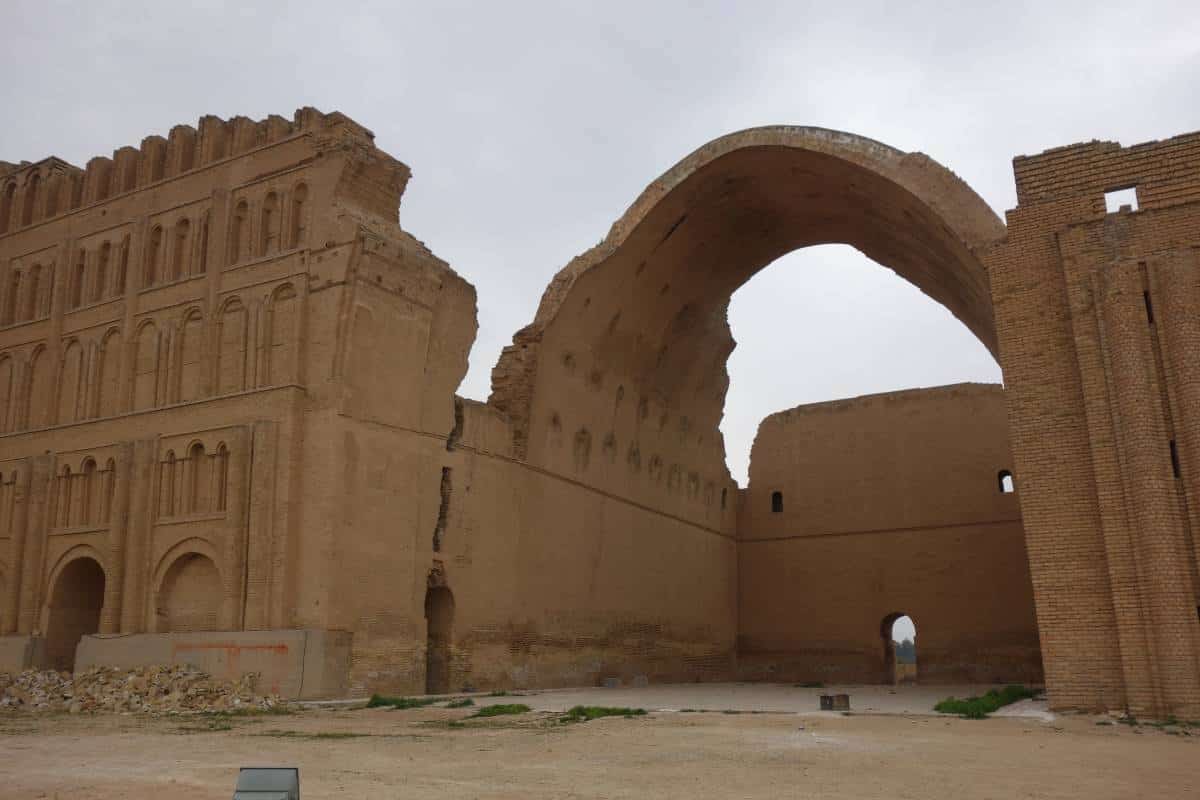
Ctesiphon served as the capital of the Parthian and Sassanian Empires from the 2nd century BC to the 7th century AD.
- Date of Flourishing: 2nd century BC to 7th century AD
- Ordered by: Parthian and Sassanian rulers
- Construction Time: Evolved over centuries
- Highlights: Taq Kasra (arch)
- Historical Importance: Capital of the Parthian and Sassanian Empires, a symbol of Persian architecture
Hatra (Iraq)
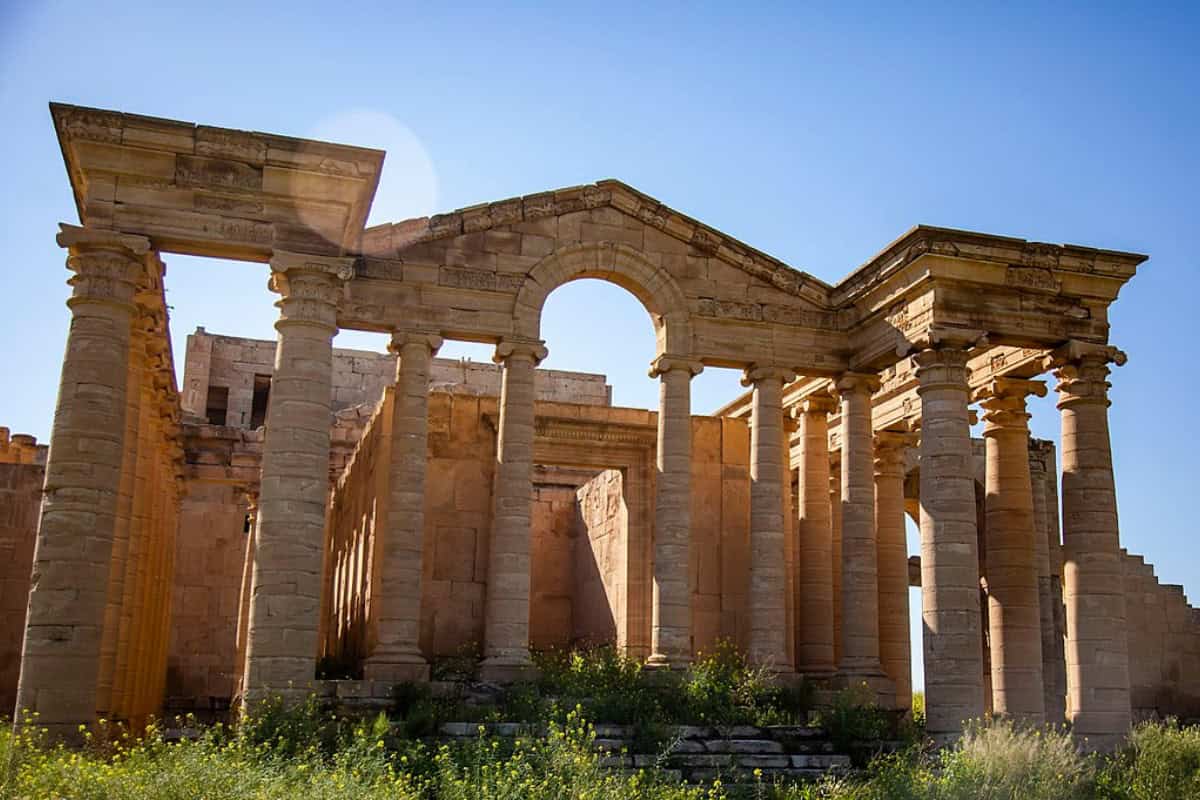
Flourished from the 2nd century BC to the 3rd century AD and was an important trading center with well-preserved temples and fortifications.
- Date of Flourishing: 2nd century BC to 3rd century AD
- Ordered by: Local rulers
- Construction Time: Several centuries
- Highlights: Well-preserved temples, fortifications
- Historical Importance: An important trading center with unique blend of Greek, Roman, and Eastern architecture
Chogha Zanbil Ziggurat (Iran)
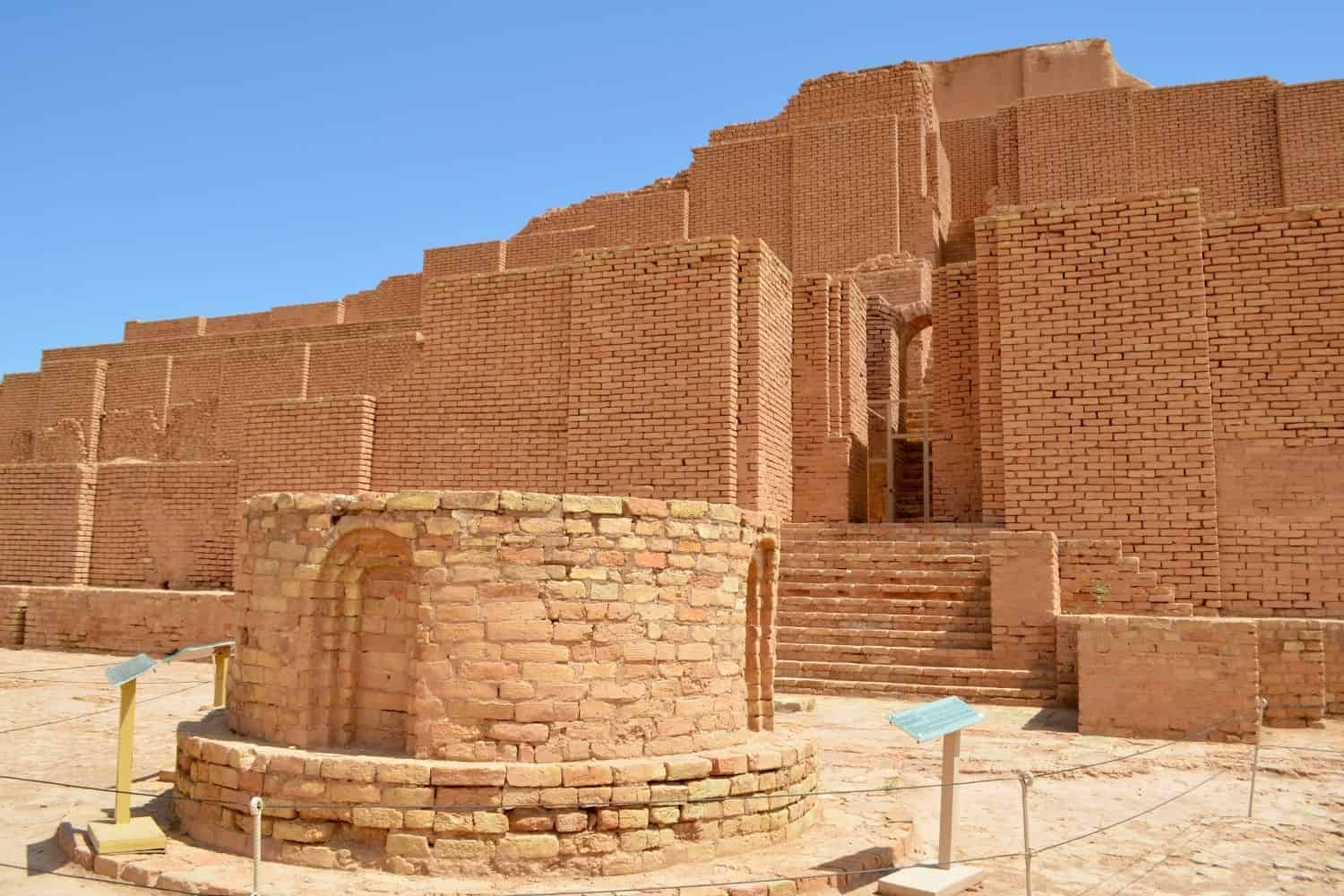
A well-preserved ziggurat dating back to around 1250 BC, Chogha Zanbil Ziggurat was built by the Elamite king Untash-Napirisha.
- Date of Construction: Around 1250 BC
- Ordered by: Elamite king Untash-Napirisha
- Construction Time: Unknown
- Highlights: One of the few existent ziggurats outside of Mesopotamia
- Historical Importance: An important religious site of the Elamite civilization
Al-Ula (Saudi Arabia)

Home to the UNESCO-listed Madain Saleh, this archaeological site features rock-cut tombs and Nabataean inscriptions.
- Date of Flourishing: Dates back to the 1st millennium BC
- Ordered by: Nabataeans, among others
- Construction Time: Evolved over centuries
- Highlights: Madain Saleh, rock-cut tombs
- Historical Importance: A UNESCO site in Saudi Arabia, key for understanding Nabataean culture
Tyre (Lebanon)
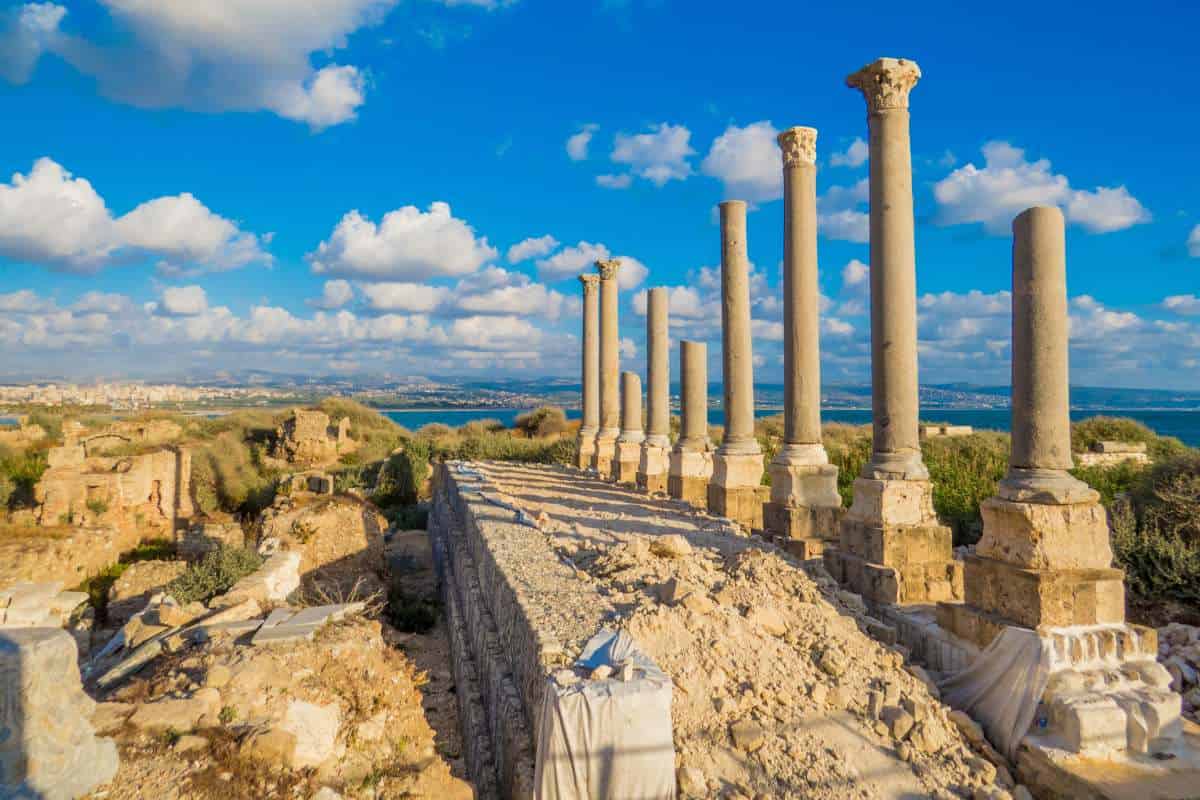
An ancient Phoenician city that dates back to around 2750 BC, Tyre is known for its maritime trade and purple dye production.
- Date of Flourishing: Around 2750 BC onwards
- Ordered by: Phoenician rulers
- Construction Time: Evolved over millennia
- Highlights: Ancient ports, Hippodrome
- Historical Importance: Renowned ancient Phoenician city, key in maritime trade and purple dye production
Susa (Iran)

An ancient Elamite, Persian, and Parthian city, Susa dates back to around 4000 BC and played a crucial role in the region’s history.
- Date of Flourishing: Around 4000 BC onwards
- Ordered by: Elamite, Persian, and Parthian rulers
- Construction Time: Evolved over millennia
- Highlights: Apadana palace, Susa acropolis
- Historical Importance: A crucial city in ancient Persian and
Samarra (Iraq)
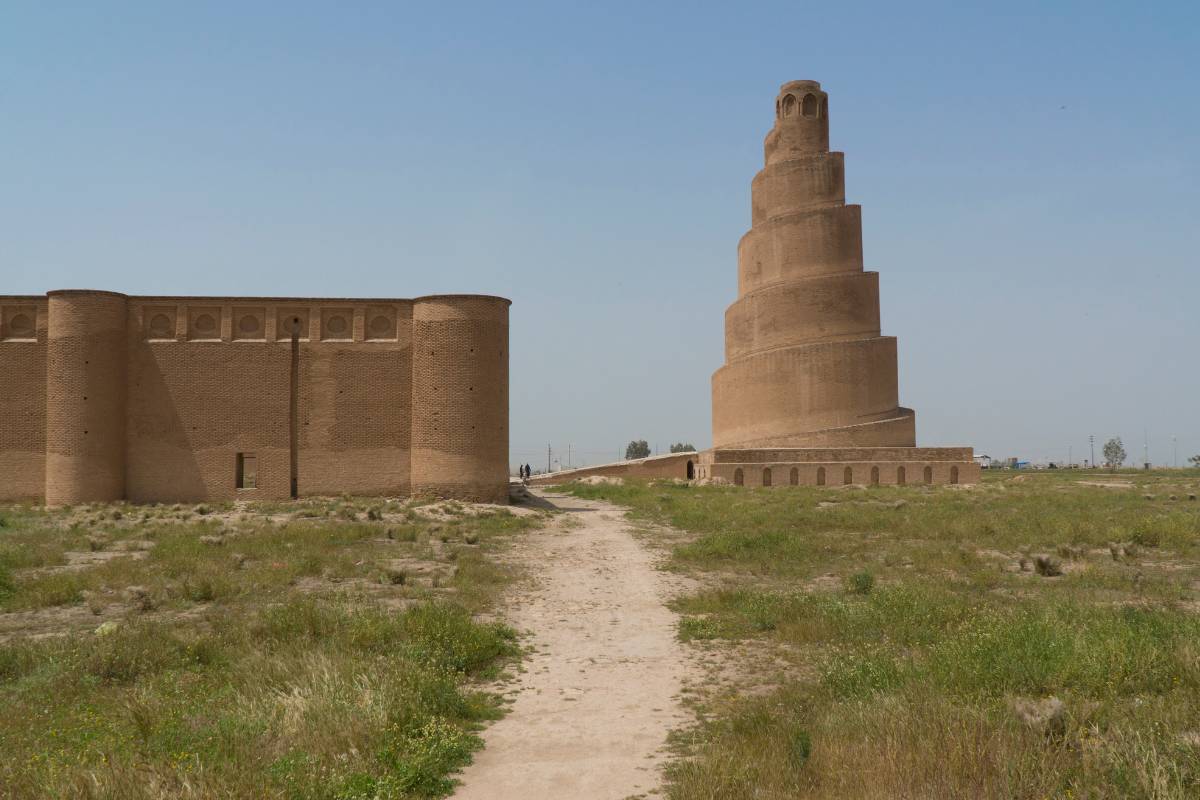
The capital of the Abbasid Caliphate from 836 to 892 AD, Samarra is known for its unique spiral minaret.
- Date of Flourishing: 836 to 892 AD
- Ordered by: Abbasid Caliphs
- Construction Time: Over 50 years
- Highlights: Great Mosque of Samarra with its unique spiral minaret
- Historical Importance: Capital of the Abbasid Caliphate, known for its distinctive Islamic architecture
Byblos (Lebanon)
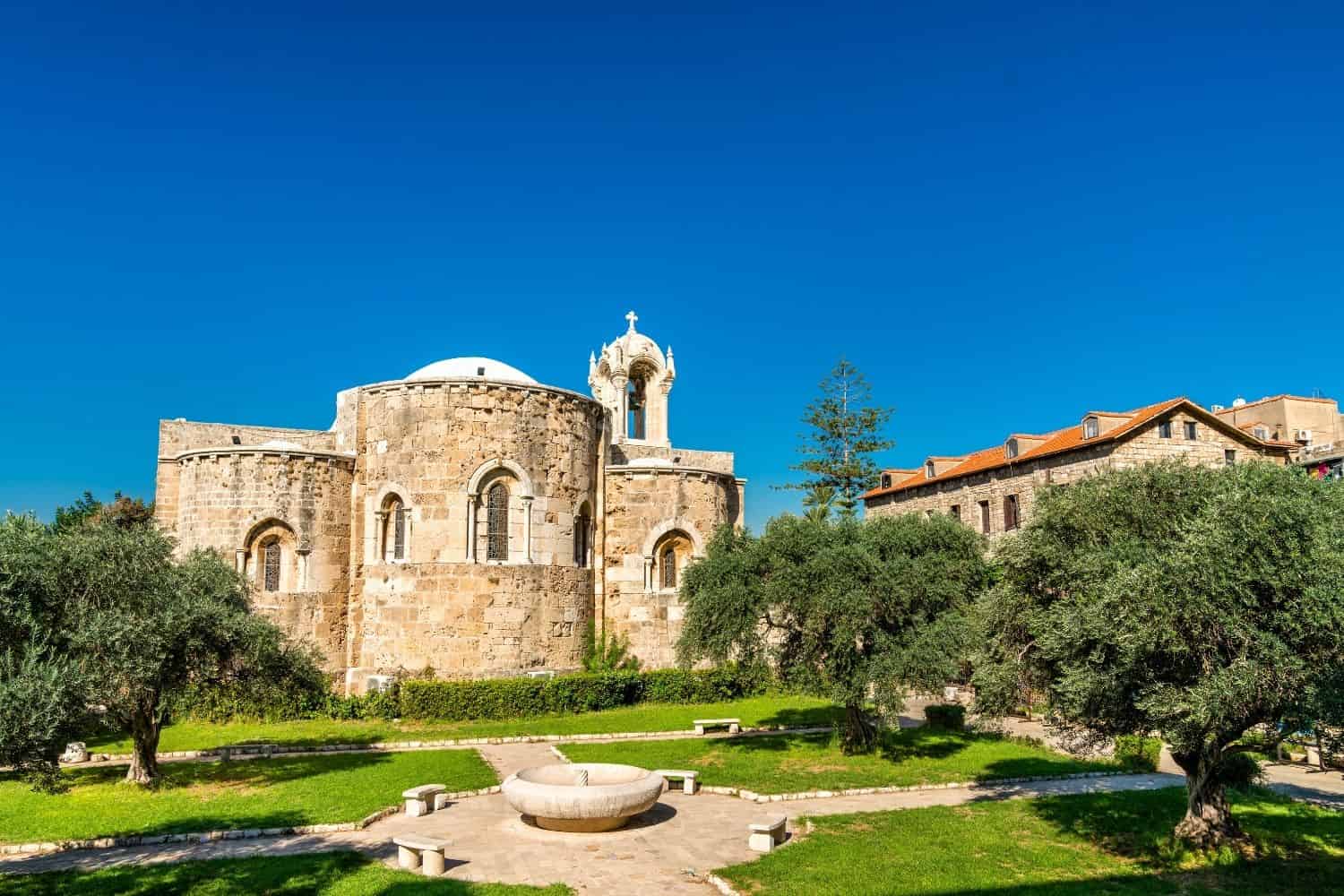
An ancient Phoenician city with a history dating back to around 5000 BC, Byblos is known for its early use of the Phoenician alphabet.
- Date of Establishment: Around 5000 BC
- Ordered by: Various rulers over millennia
- Construction Time: Evolved over thousands of years
- Highlights: Ancient ruins, Byblos Castle, Phoenician temples
- Historical Importance: One of the oldest continuously inhabited cities, significant for early Phoenician developments including the alphabet
Ebla (Tell Mardikh, Syria)

An ancient city dating back to around 2400 BC, Ebla is known for its cuneiform tablets providing valuable insights into ancient history.
- Date of Flourishing: Around 2400 BC
- Ordered by: Eblaite kings
- Construction Time: Evolved over centuries
- Highlights: Palace G, extensive archives of cuneiform tablets
- Historical Importance: An important center in the ancient Near East, known for its extensive archives providing insights into early Syrian civilization
